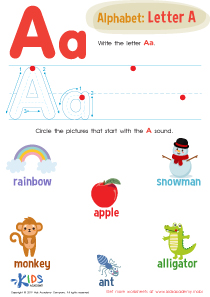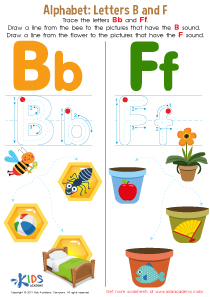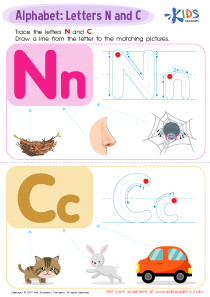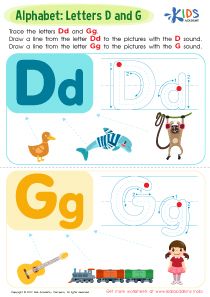Handwriting practice Letter W Worksheets for Ages 3-4
3 filtered results
-
From - To
Enhance your child’s writing skills with our engaging Handwriting Practice Worksheets for the letter W, designed specifically for ages 3-4! These fun and interactive worksheets promote letter recognition and strengthen fine motor skills through tracing and writing exercises. Each activity features colorful images and relatable themes that make learning enjoyable. Whether at home or in the classroom, our resources support early literacy development by encouraging children to form letters correctly. Perfect for preschoolers, these worksheets foster confidence and competency in handwriting. Download now to help your little one master the delightful letter W while having fun!
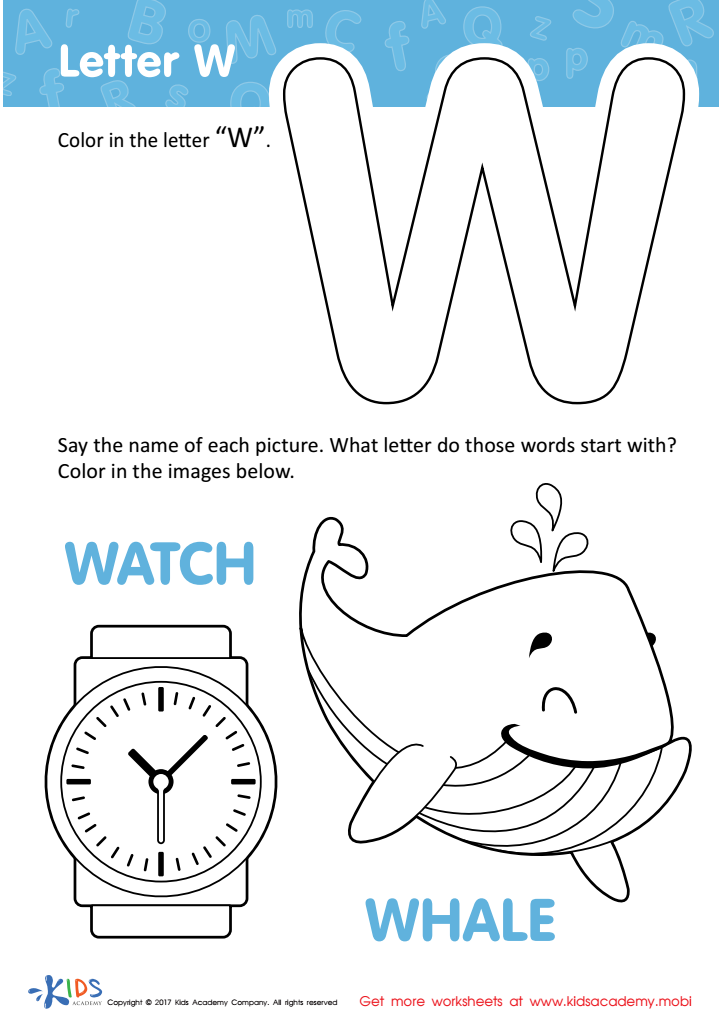

Letter W Coloring Sheet
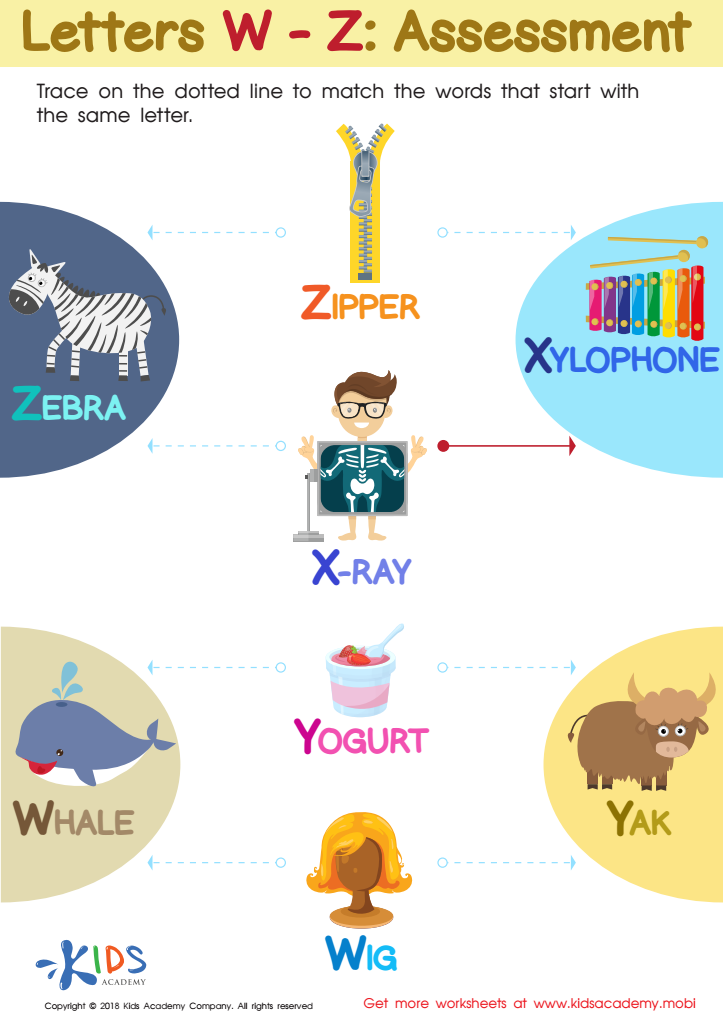

Letters W–Z Tracing Worksheet
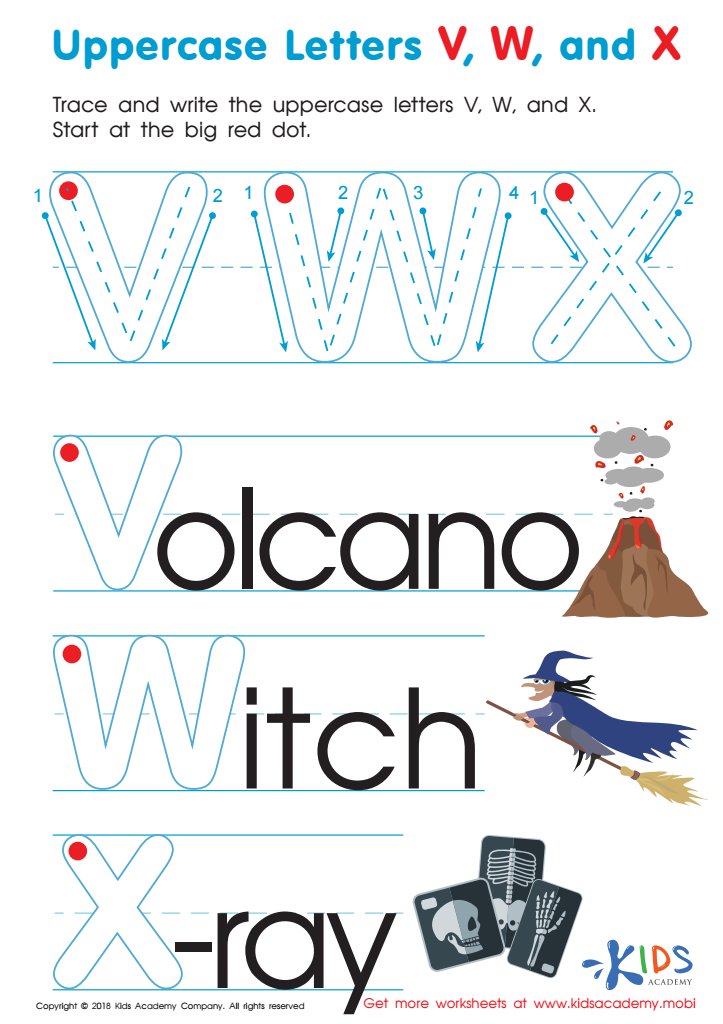

Uppercase Letters V, W, and X Worksheet
Handwriting practice, particularly for the letter 'W', is essential for young children aged 3-4 for several reasons. At this age, children are developing fine motor skills critical for future writing tasks. Practicing the letter 'W' helps them strengthen the small muscles in their hands and fingers, which are necessary for control when using pencils and crayons.
Moreover, handwriting lays the foundation for literacy skills. Learning to write letters like 'W' reinforces letter recognition, phonemic awareness, and spelling fundamentals. This is crucial as children begin to integrate writing with reading skills in their early educational journeys.
Engagement in handwriting practice encourages focus, patience, and perseverance. It transforms abstract symbols into tangible actions, helping children understand that the written language communicates ideas and emotions. Parents and teachers should prioritize this practice as it promotes cognitive development, self-confidence, and a sense of accomplishment.
Additionally, incorporating playful and varied activities, such as tracing in sand or using finger paint for the letter 'W', can make this learning process enjoyable and engaging for young children, cultivating a positive attitude towards learning in general. Ultimately, effective handwriting practice nurtures a child's interest in literacy while equipping them with essential skills for future academic success.

 Assign to My Students
Assign to My Students







